Listen to this article. Audio recording by Dossiers.
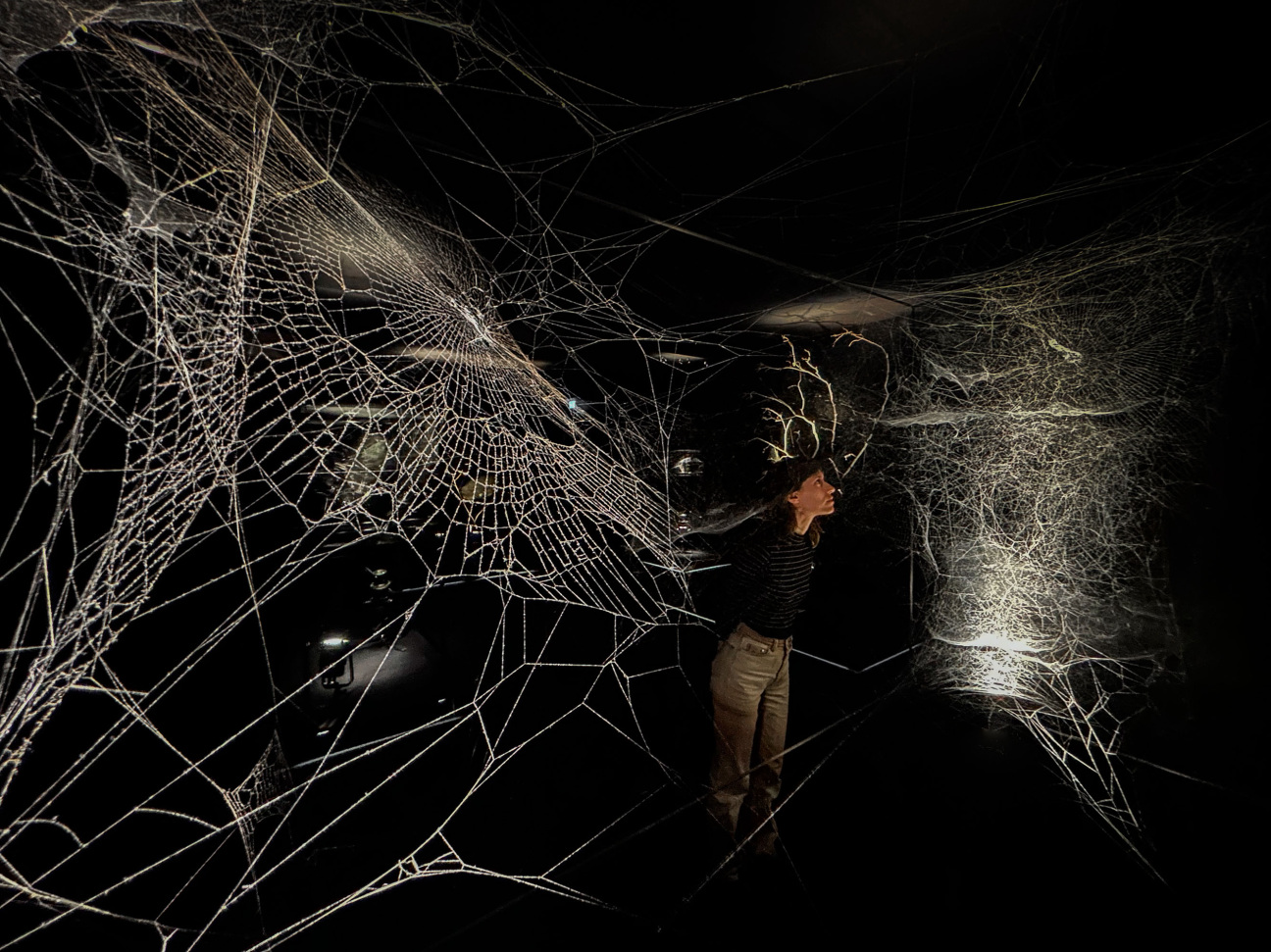
With “In Collaboration: Web(s) of Life,” Serpentine’s new exhibition of Tomás Saraceno’s work, the Argentinian multimedia artist asks viewers to befriend the spiders under their beds that are usually greeted with the back of a slipper. Saraceno places his audience in the context of their current environmental crisis to shed light on the desperate need for eco-social changes. The artist’s work highlights mankind’s role in a complex network of relationships that make up the larger environment. He bridges gaps between local communities, scientific researchers, and institutions around the world to realize projects that are as activist as they are artistic. Here, he talks to Serpentine Artistic Director Hans Ulrich Obrist about his first major exhibition in the U.K., which reconfigures the Serpentine South gallery into a host for more than just human life.
Hans Ulrich Obrist: [We] should begin with how we met for the first time. I remember that I had just started teaching at the Istituto Universitario di Architettura di Venezia (IUAV). It was around the early 2000s, and it was a great time to be in Venice. I grew up with the idea that art and architecture were not to be separated. This was not the case at IUAV, but Stefano Boeri and I were both teaching at the same time, and we decided to combine an art and architecture class. I talked about the importance of mentors and pioneers, and I remember the very first thing you talked about was Gyula Košice.
Tomás Saraceno: I was fascinated with Gyula Košice, who proposed a means of building cities in the air.
Obrist: I remember when you asked Stefano and me to connect you to the mayor of Venice after our second seminar, you had this utopic idea of transforming Venice. You said it was wrong, that the city needed to be structured differently, and that you had a vision for the mayor to see. What did you tell the mayor?
Saraceno: Venice is already a floating city. So I told the mayor that just as Venice is built on the water, could we build another floating city, like a cloud hovering weightlessly over the water, lifted only by the sun and drifting only with the wind: a city that would open the political space for the movement of people, not only capital? It was also a political critique: the idea was to build a prototype and place it in front of a train station, allowing people to witness how architecture could become weightless, and how the latency of the sun can empower architecture to elevate political spaces though a difference in temperature. Within this broader climate of inequalities, a provocation: the role of architecture in modern life needs to change. The mayor was quite surprised, and he said that it would be great to do it. In the end, we did not manage to build it.
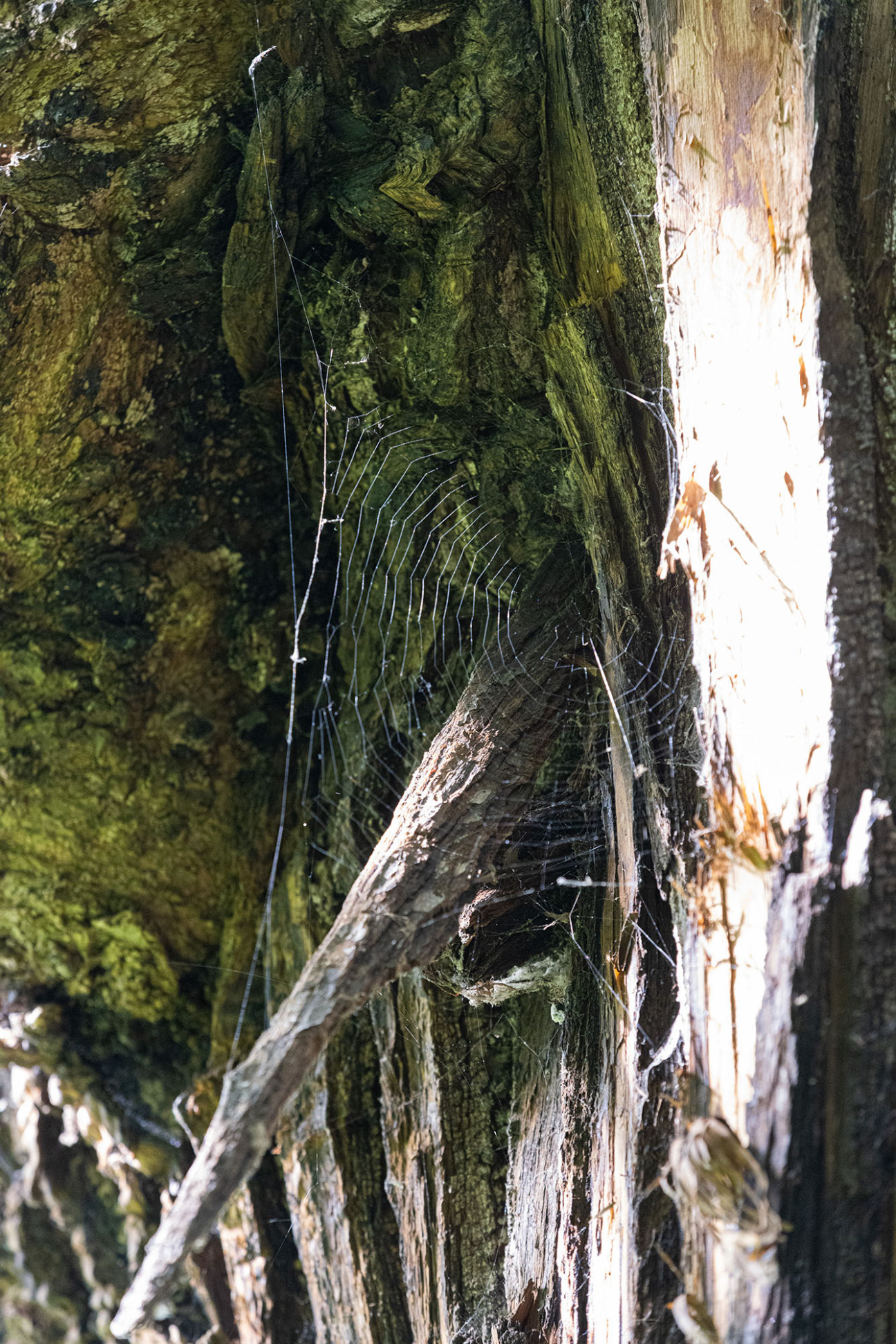
Obrist: In a way, this could be said to be the beginning of your Aerocene project. What is the idea behind that?
Saraceno: Absolutely. Humanity has always imagined flying, but today that imagination is in crisis. Eighty percent of people in the world have never traveled by airplane. Fifty percent of aviation emissions are caused by one percent of the world’s population. There are 1.3 million people in the air at any given time, releasing over 1 billion tons of CO2 annually. It’s like the dream of Cloud Cities turned into a nightmare, and at a tremendous cost. It is urgently necessary that we imagine another way of flying.
Eco-social energy transition also demands significant behavioral change, mostly on the part of people and corporations in the Global North, where that 1 percent resides. Fly with Pacha [Into the Aerocene, 2020-23], the film we are showing at the Serpentine, is about imagining another way of flying that could be in the interest of all 8 billion people and the trillions and trillions of other inhabitants on this planet. Through the Aerocene community, we want to use technology in a way that is world-changing, not world-ending.
Obrist: Working at an institution like the Serpentine makes the idea of solo projects especially fascinating, because it means we get to go on a journey with the artist. I think it only makes sense if the institution also allows itself to be transformed in this process. Each time we work on a show with an artist, we transform.
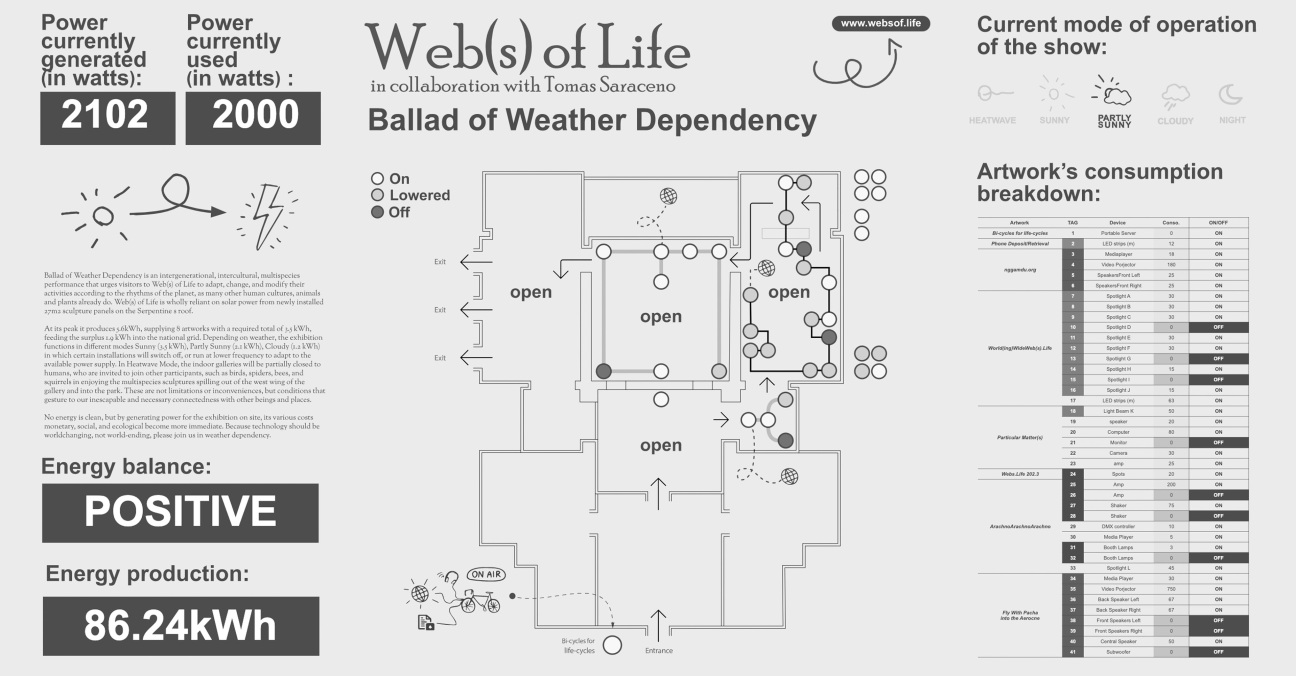
Saraceno: The Serpentine has been open to the comprehensive changes we’ve proposed as part of this exhibition: transitioning to solar power, putting a natural limitation on how much energy the exhibition can consume. We call it the Ballad of Weather Dependency, and it is about bringing attention to behavioral change as one of the most important components of the green transition. It cannot just be about changing the materials and technology we use, but rather must include altering our relationship to institutions.
For instance, adjusting the institution’s opening hours to the weather and the energy supply, limiting access to certain areas, and switching off all air conditioning on the ground floor, even during heat waves. Weather dependency encourages visitors to think of themselves as not just passing through, but being an active part of something bigger than an art exhibition. The energy from solar panels will allow us to turn on the video projector, lights and various other elements throughout the exhibition. If it’s cloudy and there’s not enough energy, we’ll go into energy saving mode, kind of like you can do on your phone. Adapting to new conditions becomes a core aspect of the exhibition, rather than always expecting others to change.
Outside the exhibition, bicycles have been installed for participants to ride, generating energy for them to listen to the Manifesto for an Ecosocial Energy Transition from the Peoples of the South. It reminds us that even green energy has grave consequences, and life in many regions has become militarized as a result of wind and hydropower and lithium extraction. The green transition is a debt trap for the Global South, and this manifesto calls for countries in the Global North to take responsibility for the financial and eco-social debt and the consequences of its policies.

Obrist: There is a moment of de-linking that is going to happen, because people will be asked to give up their mobile phones for part of the show. There will also be a strong emphasis on non-human perspectives. Can you talk us through some of the many dimensions of this exhibition?
Saraceno: For millennia, humans have looked to the clouds and the behaviors of plants and animals to forecast the weather, finding messages hidden in their changing shapes, sounds, and habitats. Many still guard this knowledge today … through popular proverbs. The relational knowledge embedded in these proverbs was acquired by communicating not only among humans, not only with words, but also in dialogue with the more-than-human world. Emerging from cultures and geographies far and wide, they prove that humans have conversed with ants, spiders and clouds, and that many continue to do so. What needs to change, for those of us who have forgotten, is to remember and to relearn weather dependency.
The majority of animals, people and plants are facing an environmental emergency, one in which many ways of knowing are in crisis. For some, it seems unquestionable that the only way to check the weather is to consult their mobile phone. But maybe if 8 billion people could learn to sense the weather without relying solely on the digital cloud, the entire climate of the planet would change—and this time for the good of the majority! Nature itself is full of this information, if we just know how to read it. For this reason we’ve compiled a book of proverbs to encourage people to connect with previous forms of knowledge that do not require lithium batteries and big corporations to be transmitted. This exhibition invites visitors to reduce their screen time and to focus on their surroundings, to pause and observe, to hear the web of life as it asks them to enjoy and care for the vibrancy of this shared world.
Most of the works have grown out of various collaborations, and are about suggesting new forms of cohabitation, in both cases with humans as well as non-humans. There are a lot of other-than-human beings coexisting within the institution. Our fascination with spiders brought us to the basement where we discovered a fantastic collection of spider webs in the ceiling. This made us realize the importance of acknowledging the preexistence of these life forms in this space, and we are now offering guided tours to the basement and other sites to showcase these wonderful webs.
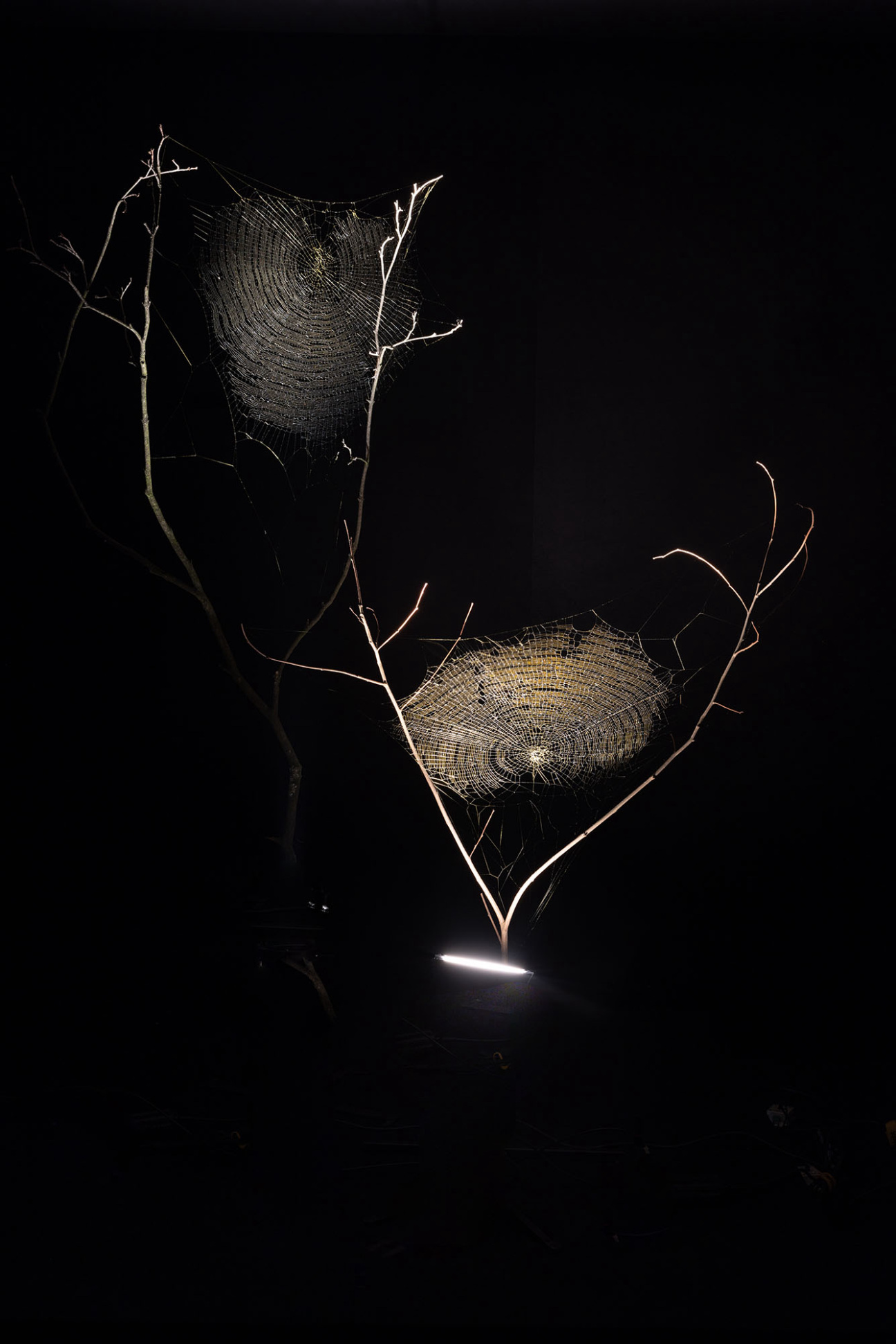
Obrist: What makes this project so exciting is that the Serpentine is an ideal location for it. We have focused for many years on the environment and addressing the extinction crisis, which originally began with [an exhibition featuring] Gustav Metzger. The day after the opening, Gustav expressed his desire for the continuation of ecological efforts at the core of the institution. This led us to becoming the first institution with an ecology curator and paved the way for projects like Back to Earth and Remember Nature. The Serpentine’s free admission policy will open up the gallery to the park by granting fluid movement between the park and the exhibition.
Saraceno: It’s truly amazing because it is one of very few gallery spaces situated directly in the park. This allows us to engage the flora and fauna around the gallery as well as to recognize the life forms that are already living within it. I want to renegotiate this false distinction between inside and outside more thoroughly. Spiders and their webs have existed inside the building for many, many years; for them, the building is nature. Some of the doors of the exhibition space will be open so that dogs, cats, and squirrels can walk right in. On the other hand, nature is also full of technology, something we tend to think of as belonging to humans. Spiderwebs are a great example of that and the Arachnomancy app that helps locate them in the gallery and park goes some way to show how techno-diversity can also be a form of biodiversity.
The starting point is that you need to find a spider web to continue: without reconnecting with other webs of life you can not use it. We want to co-create an experience where non-humans become both visitors and collaborators in the exhibition, and multiple species interact and influence one another within the spaces. It is a way of highlighting the interdependence between different forms of life, and thinking about how cohabitation between humans and other beings within cities can be more harmonious.
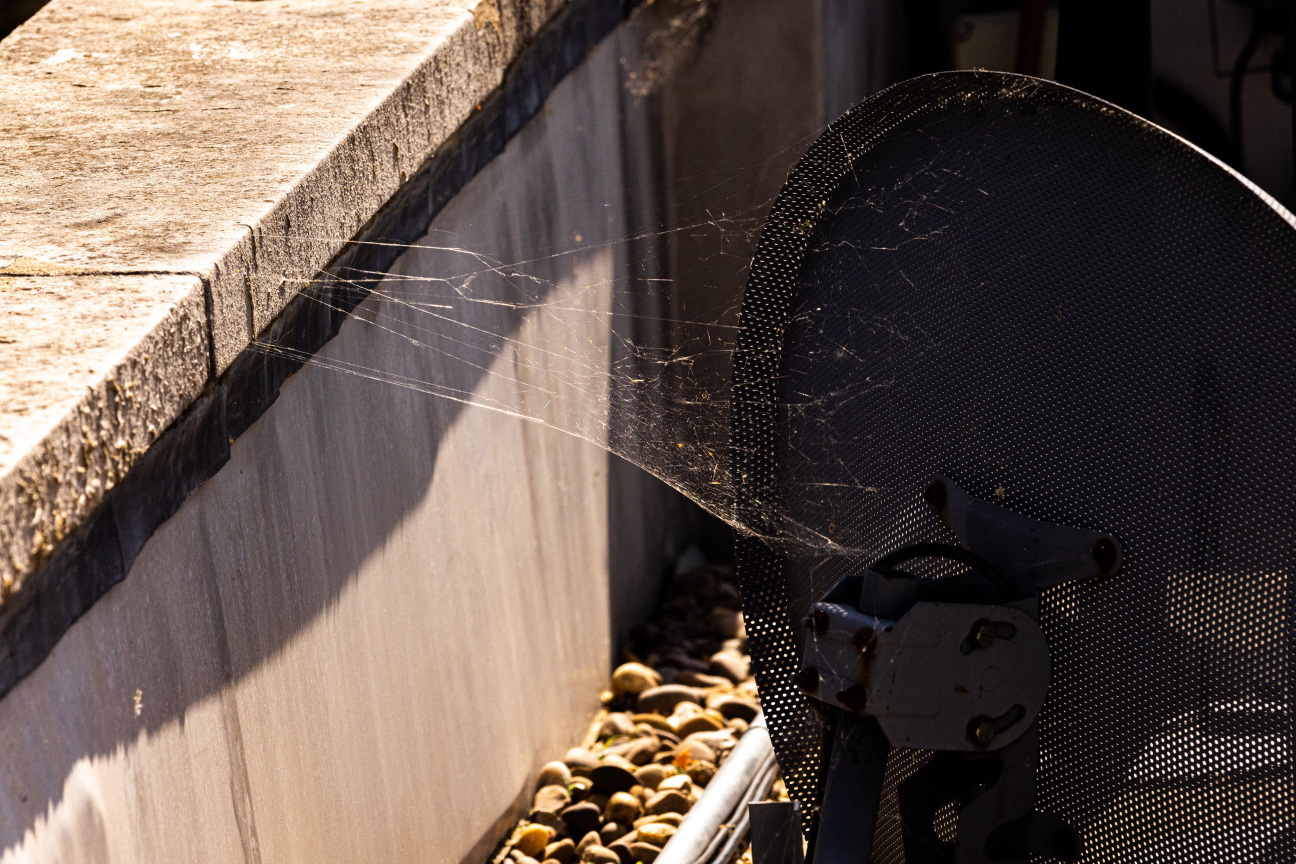
Obrist: If every visitor were to make one lifestyle change to better the environment, what would you ask them to do? One of the things I believe in is a movement toward the accessibility of night trains. I think that night trains will be our medium of the 21st century.
Saraceno: We should really fight for them to become more affordable and maybe even make them free because today, taking a train can sometimes be five times more expensive than flying by airplane. Today it’s the train, tomorrow it’s a solar sculpture, the day after tomorrow another technology, but really, for me, it is about embedding social justice and deep behavioral changes. As Jason Hickel expounds in his book Less is More: How Degrowth Will Change the World, 2020, we need to focus on how we can fundamentally change our infrastructures, instead of relying on old habits of extraction and exploitation to the profit of only a few multinationals.
Ultimately, we do not act as individuals but as part of a global ecosystem. One movement sends vibrations through the “Web(s) of Life,” from the phone in your pocket to the lithium mines in Jujuy, Argentina, that power its battery at the expense of the land and its people. Digital steps also leave footprints: biodiversity and technodiversity are intimately linked. Let’s change habits, not the climate.
“Tomás Saraceno In Collaboration: Web(s) of Life” is on view through September 10, 2023 at the Serpentine South Gallery in London.










 in your life?
in your life?

